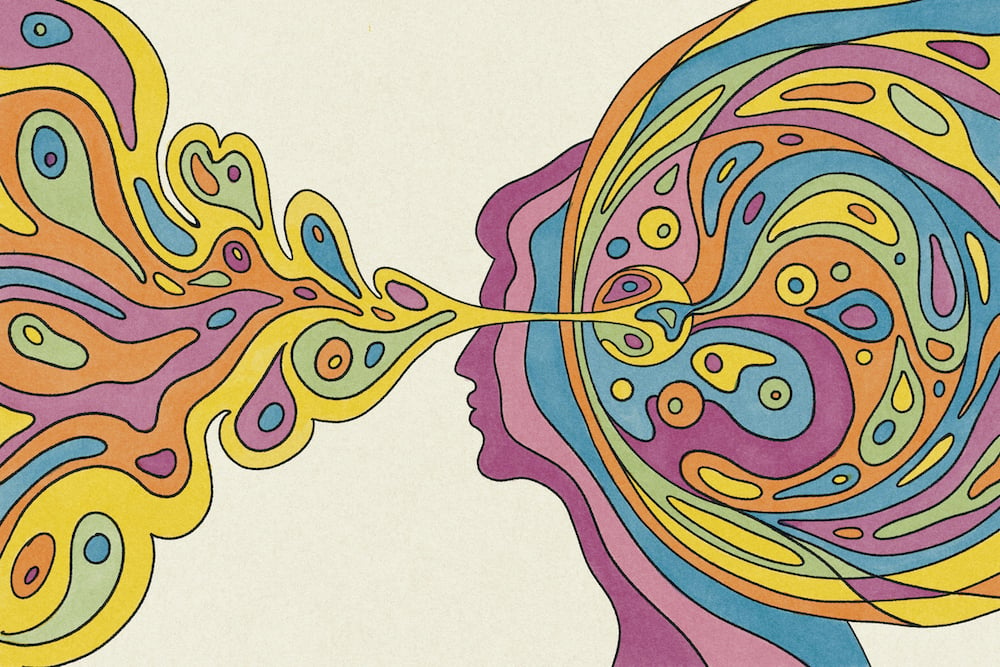Plenty of us struggle to remember what we ate for dinner last night, let alone what we were doing on a random day over a decade ago. That is the fascinating ability of Rebecca Sharrock. A gift, albeit an isolating one, this is the woman who can remember everything.
Sharrock is one of approximately 60 people in the world with a condition called highly superior autobiographical memory (H.S.A.M.), also known as hyperthymesia.
“I remember everything that has personally happened to me since I was born,” she said candidly from her home in Brisbane. “When I was 12 days old, I was laying down on the fur car seat in my parents’ car, and I thought, What is that?”
It wasn’t until Sharrock was in her twenties that she realized her memory was unusually good. Unsurprisingly, she can remember the exact date: January 23, 2011. Her parents showed her a news story about people who could recall tiny events from years ago, and Sharrock clocked this wasn’t normal.
“All through my teenage years, I thought everyone remembered in this way.”

After the family realized Sharrock’s gift belonged to only a few people on the planet, she was submitted to a groundbreaking study at the Univerity of California Irvine for two years. It was conducted by Professor Craig Stark, a neurobiology and behavior expert. Stark proceeded to carry out the most thorough study on the condition, interviewing several people with HSAM one week, one month and one year after events in their lives. He also interviewed people with regular memories. The goal was to see if subjects with HSAM absorbed more information to begin with, or if they held onto information better at the time.
Stark found that while people with HSAM did begin at a richer starting point, the main divergence was in their ability to retain information. “It must be something about the way they hold on to the information that the rest of us aren’t doing,” he said.
But there was no obvious genetic difference. “It’s not like they had some extra lobe or a ‘third’ hemisphere of the brain,” he said. He also cautioned: “They don’t remember everything,” but when they do forget “it’s very, very gradual”.
Read More: How a new dam saved the island of Mont-Saint-Michel
The main behavior patterns Stark found were “in terms of the morphology and some functional conductivity [of the brain] that actually were more consistent with OCD than anything else,” Stark said, adding that people with HSAM also score highly on scales for obsessive-compulsive traits.
Sharrock wasn’t alone in her obliviousness to HSAM. The condition was only recognized in 2006, when an American woman named Jill Price contacted Dr James McGaugh, a researcher at the UCI. This triggered the study conducted by Stark.
While HSAM allows Sharrock to cling to some of her happiest memories, the inverse remains true. Also difficult is the isolation. “It’s awful to be a medical exception because very few people understand what you’re going through and there just aren’t many treatments designed for it,” she said. “Remembering this way just seems so normal to me.”





